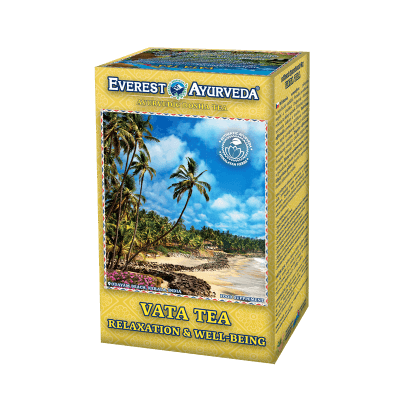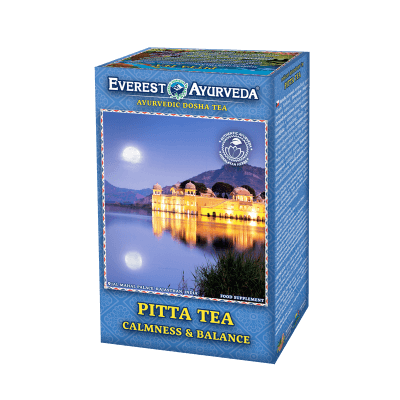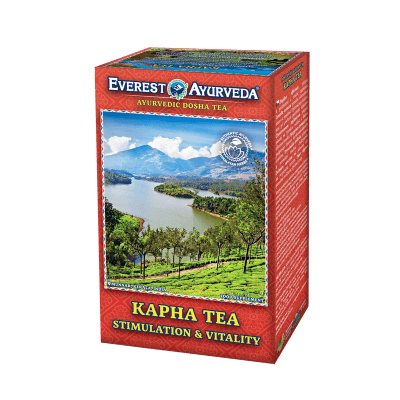Dominant type
One dosha is significantly dominant, other two are represented in relatively smaller quantities.
VATA characteristics & recommendations
PITTA characteristics & recommendations
KAPHA characteristics & recommendations
Combinated Type:
Two doshas are relatively closely balanced and the third is represented less.VATA – PITTA / PITTA – VATA
Read Vata and Pitta characteristic for right understanding of this combination. This combined type is determined by the lightness of Vata and the dynamic activity of Pitta. Physically, these people are medium build, rather slimmer. They are very creative, constantly full of new ideas. They use to work intensely and in continual pressure, which may lead to overwork and psychic imbalance.
PITTA – KAPHA / KAPHA – PITTA
Read Pitta and Kapha characteristic for right understanding of this combination. This combined type is determined by the dynamic activity of Pita and the stability of Kapha. Physically, these people are rather slimmer, medium build with the ability to be active as well as persistent in their effort. Their big resistance makes them fit for the leading positions of long-term projects. Laziness, passivity and overweight can manifest in case that Kapha becomes more dominant.
KAPHA-VATA / VATA-KAPHA
Read Kapha and Vata characteristic for right understanding of this combination. This combined type is determined by the stability of Kapha and the lightness of Vata, seemingly opposite forces. When one dosha stimulates the need for change, the other refuses it. The physical body may be high and slim under the influence of Vata or conversely robust, if Kapha is the dominant principle in the physical constitution. Combination of these two principles may lead to persistent creativity or to disorientation and uncertainty.
Balanced Type - TRIDOSHA
All the doshas are in approximately same ratio.
This type is a very rare exception. Balanced tridosha type is calm and powerful, does not succumb to lethargy or to excessive unrest. The mind is vigilant yet relaxed. Physiological functions are balanced. However, as with other types, due to various influences one of the doshas can still deviate and cause temporary imbalance. But their original inherent constitution creates the best possible precondition for life in balance and harmony.
Recommendation for restoring balance
For instance, if somebody with Vata dominant nature begins to show signs of an ailment, it is mostly because his Vata dosha has dramatically increased. An excessive amount of any of the three doshas always results in mental imbalance and improper functioning of some bodily organs. We can bring those three life forces back to their original balance by appropriate diet (see characteristics of Vata, Pitta and Kapha dosha), healthy lifestyle and by the appropriate use of herbs, for example in the form of Ayurvedic dosha teas. If you have increased Vata dosha, drink Vata tea, with increased Pitta drink Pitta tea and while having dominant Kapha dosha, use Kapha tea. Ayurvedic dosha teas are used in a long-term with minimum range of three months.



